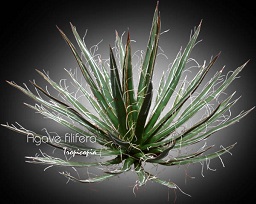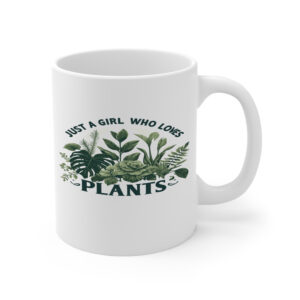Table of contents
Thread Agave

Latin Name: Agave filifera
Category: Cactus & Succulent
Family: Amaryllidaceae
Origin: Mexico
Climate: Arid Tropical
Growing Zones: 10, 8
Care Instructions
The Thread Agave (Agave filifera) is a arid tropical plant that originates from Mexico. This cactus & succulent plant belongs to the Amaryllidaceae family and is well-suited for growing in USDA zones 10, 8.
Complete Care Guide for Thread Agave (Agave filifera)
Watering Requirements
The Thread Agave, or Agave filifera, is a drought-tolerant succulent that thrives in arid conditions. When it comes to watering, it is crucial to adopt a less-is-more approach. During the growing season, which typically spans from spring to early fall, water the plant every two to three weeks, allowing the soil to dry out completely between waterings. In the winter months, reduce watering to once a month or even less, as the plant enters a dormant phase. Overwatering is one of the most common mistakes made with Agave, leading to root rot and other issues. Always check the soil moisture before watering; if the top inch of soil feels dry, it’s time to water.
Light Conditions
Thread Agave prefers bright, indirect sunlight but can also tolerate full sun conditions. Ideally, place your Agave in a location where it receives at least six hours of sunlight each day. If grown indoors, a south or west-facing window is ideal. However, be cautious of intense afternoon sun, which can scorch the leaves. If you notice the leaves turning yellow or becoming leggy, it may be a sign that the plant is not receiving enough light. Conversely, if the leaves are browning at the tips, it may be getting too much direct sunlight. Adjust the plant’s position accordingly to find the perfect balance.
Soil Preferences
Agave filifera thrives in well-draining soil that mimics its native desert habitat. A cactus or succulent potting mix is ideal, but you can also create your own by mixing regular potting soil with sand or perlite to enhance drainage. The pH level should ideally be between 6.0 and 7.0. Fertilization is not typically necessary for Agave, but if you wish to promote growth, you can apply a diluted, balanced fertilizer during the growing season, approximately once every month. Be sure to avoid fertilizing in the fall and winter months when the plant is dormant.
Pests and Diseases
While Thread Agave is relatively pest-resistant, it can occasionally fall victim to mealybugs, aphids, and scale insects. Regularly inspect the leaves for any signs of infestation, such as sticky residue or webbing. If you notice pests, treat the plant with insecticidal soap or neem oil, ensuring to cover all surfaces of the leaves. Additionally, Agave can be susceptible to fungal diseases, particularly if overwatered. Signs of fungal issues include black spots on the leaves or a mushy base. To prevent these problems, ensure proper watering practices and good air circulation around the plant.
Special Care Tips
To maintain the health and beauty of your Thread Agave, consider the following special care tips: First, ensure that your Agave is planted in a pot with drainage holes to prevent water accumulation. If you live in a region with frost, it’s best to bring the plant indoors during the colder months, as Agave is not frost-tolerant. Additionally, dust the leaves occasionally to keep them clean and allow for optimal photosynthesis. If your Agave becomes too large for its pot, consider repotting it every few years in the spring, using fresh soil to provide nutrients. Lastly, be patient; Agave plants grow slowly, but with the right care, they can live for decades, becoming a stunning focal point in your garden or home.








